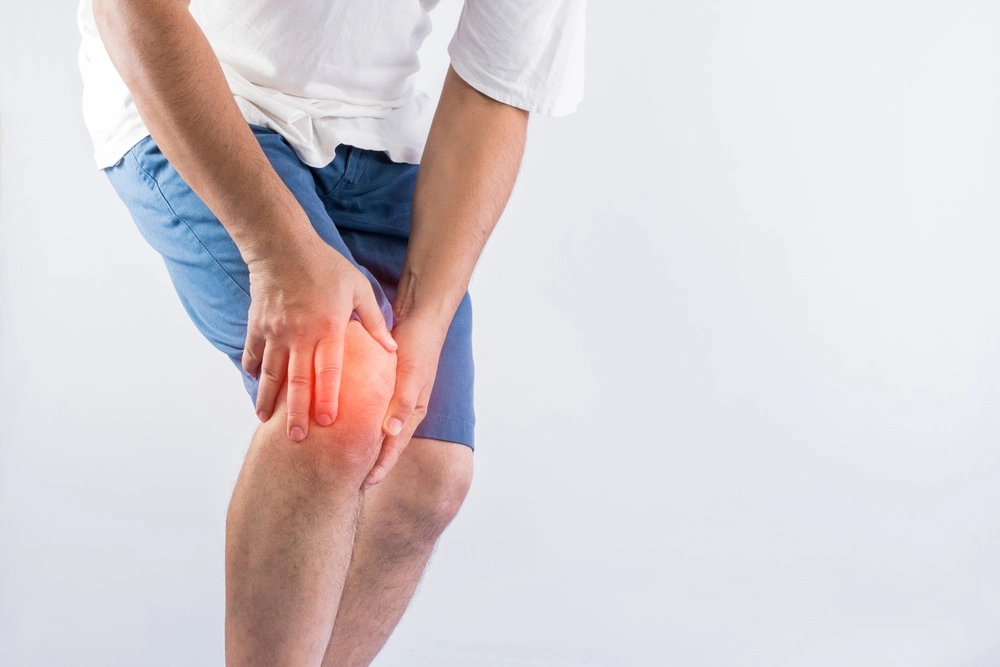Healthcare professionals often express their concerns regarding long term exposure to running as a risk factor for development of knee osteoarthritis.
What is osteoarthritis? Osteoarthritis (OA) is the most common form of arthritis. Some people call it degenerative joint disease or “wear and tear” arthritis. It occurs most frequently in the hands, hips, and knees. With OA, the cartilage within a joint begins to break down and the underlying bone begins to change.
What’s the problem with running?
Running is one of the most common form of exercise in the world. As any other sport can be done for recreational purposes or at elite level.
The concept that running is dangerous for the knee joint comes from the nature of the sport itself. In fact is quite logical to think that the repetitive impact must have a mechanical effect on the joint.
But let’s look at the latest data:
– Amateur/recreational runners have and incidence of 3.5% of knee or hip osteoarthitis
– Sedentary people have 10.2% of knee and hip osteoarthitis
– Professional athletes have an incidence that goes to 13.3%
We can understand couple of things from this study.
1) Recreational running is no harmful for knee joint, quite the opposite, it looks like it may provide a protective effect against development of knee and hip osteoarthritis
2) The fact that elite athletes have a higher incidence of osteoarthritis is suggesting that the problem it’s not the activity of running but the amount of it.
We have to consider also one more thing. Normally elite athlete are more exposed to injury compared to regular people. Muscle strain, joint sprain, bone bruises and the list goes on. So looking at this numbers, when it comes to elite athletes we don’t know if this incidence of osteoarthritis is affected by the injuries that an athlete might have had during their careers.
So, if you don’t have osteoarthritis, continue to run as much as you like! As long as you are managing your symptoms.
What if you already have knee osteoarthitis?
Don’t worry, studies have looked at this too.
Apparently, running doesn’t not appear to accelerate progression of existing osteoarthitis in runners >50 years of age. So you don’t need to give up on running! Pehaps the best way of knowing if you are suitable to run with your knee or hip osteoarthritis is to assess your pain in different moments.
– Pain during the running: is the activity of running already painful during the act of it? Than maybe you should look at the way you run. A running analysis is the best tool to assess your running pattern and identify mistakes or faulty behaviors.
– Pain after running: this probably means that you have run an excessive amount for your current capacity. Your worm up have given you a protective effect against nociception but now that this effect is wearing off and you are paying the price. In this case you might benefit from a reduction of intensity or at least from an interval training where you can alternate running to jogging/walking.
– Pain the day after the running: you definitely have crossed your capacity of load, but not to the point where you created any damage. In this case you can just reduce the intensity of running of a 25-30% and see if the symptoms are gone. You probably should wait to run until the pain has subsided, and you know that is not a big deal if the pain disappears within 24h.
Generally speaking, people with osteoarthritis have a capacity of load of their joint reduced compared to healthy joints. Therefore you should feel safe to run but you may benefit to run less frequently to allow sufficient cartilage recovery between trainings.
